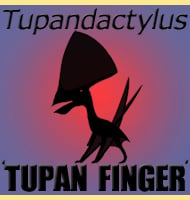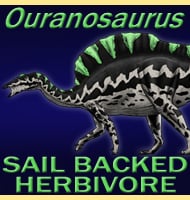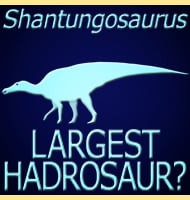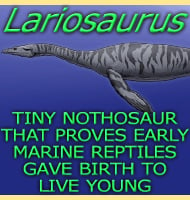Maresaurus
In Depth Maresaurus is one of the rhomaleosaurid pliosaurs, a group that seem to be between the long necked plesiosaurs and short necked pliosaurs in form. Additionally the fact that Maresaurus comes from South America combined with the presence of Yuzhoupliosaurus in China, produces a picture of the rhomaleosaurid pliosaurs having a global distribution. Other … Read more



